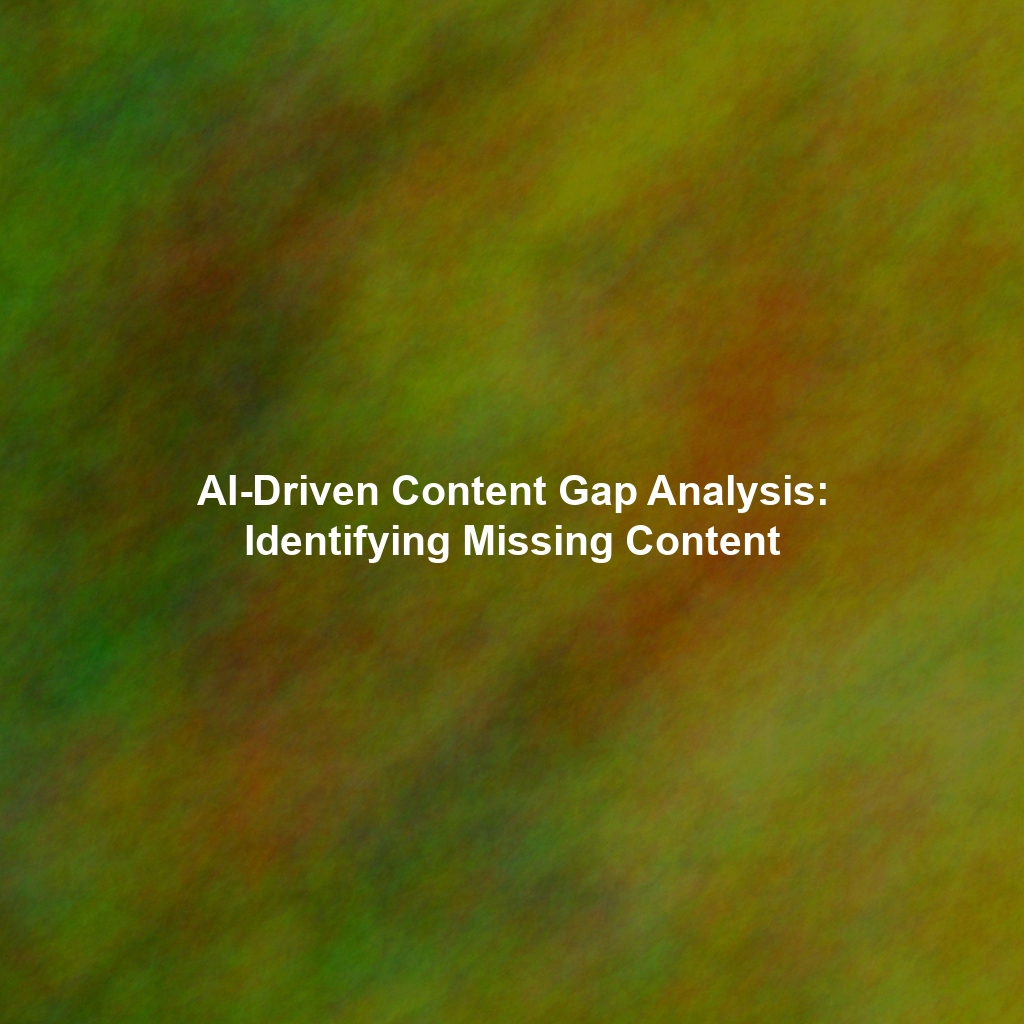Introduction to A/B Testing
In the dynamic world of marketing, where algorithms shift and consumer preferences evolve at breakneck speed, guesswork is a dangerous game. Relying on intuition alone can lead to wasted resources and missed opportunities. Enter A/B testing, a powerful methodology rooted in marketing research that transforms hunches into data-driven decisions, ultimately optimizing your campaigns for maximum conversions. This article will delve deep into the nuances of A/B testing, providing you with the knowledge and tools needed to elevate your marketing efforts.
At its core, A/B testing, also known as split testing, is a controlled experiment where two or more versions of a marketing asset (e.g., a website landing page, email subject line, advertisement, or call to action) are shown to users at random. By tracking user behavior for each version, you can determine which one performs better in terms of achieving a specific goal, such as increasing click-through rates, boosting sales, or improving form submissions.
The Foundations of a Successful A/B Test
1. Defining Clear Objectives
Before diving into the technical aspects, it’s crucial to define a clear and measurable objective for your A/B test. What specific outcome are you hoping to improve? A vague goal like “improve the website” is too broad. Instead, aim for something more specific and quantifiable, such as “increase the click-through rate on the homepage banner by 15%” or “reduce the bounce rate on the product page by 10%.” A clearly defined objective will guide your hypothesis and ensure that you are measuring the right metrics.
2. Formulating a Hypothesis
Once you have a clear objective, the next step is to formulate a hypothesis. A hypothesis is an educated guess about which variation you believe will perform better and why. It should be based on research, data, or observations about your target audience and their behavior. For example, “Changing the headline on the landing page from ‘Learn More’ to ‘Get Your Free Ebook’ will increase sign-up rates because it offers a more immediate and tangible benefit.” A strong hypothesis provides a clear direction for your experiment and allows you to interpret the results more effectively.
3. Identifying Key Variables
The key to effective A/B testing lies in isolating specific variables to test. Avoid the temptation to change too many elements at once, as this makes it difficult to determine which variable is responsible for any observed changes. Focus on testing one element at a time, such as the headline, button color, image, form fields, or even the overall layout. By isolating variables, you can gain a clear understanding of their impact on user behavior.
4. Selecting the Right Tools
Numerous A/B testing tools are available, each with its own features and pricing. Popular options include Google Optimize, Optimizely, VWO, and Adobe Target. When selecting a tool, consider factors such as ease of use, integration with your existing marketing platforms, reporting capabilities, and pricing. Many tools offer free trials or basic plans, allowing you to experiment and find the best fit for your needs.
A/B Testing Methodologies: A Step-by-Step Guide
1. Research and Data Analysis
Before launching any A/B test, conduct thorough research and analyze existing data. Examine website analytics, user feedback, heatmaps, and session recordings to identify areas for improvement and uncover potential pain points. This research will inform your hypothesis and help you prioritize your testing efforts. Look for patterns and trends that suggest opportunities for optimization.
2. Creating Variations
Based on your hypothesis, create two or more variations of the element you are testing. The “control” version is the existing version, while the “variation” is the modified version. Design your variations carefully, ensuring that they are distinct enough to potentially impact user behavior but not so different that they confuse or alienate users. Pay attention to details such as visual hierarchy, readability, and user experience.
3. Setting Up the Test
Using your chosen A/B testing tool, configure the test parameters, including the percentage of traffic to allocate to each variation, the duration of the test, and the key performance indicators (KPIs) you will be tracking. Ensure that the test is properly integrated with your website or marketing platform and that tracking codes are correctly implemented.
4. Running the Test
Once the test is set up, let it run for a sufficient period to gather enough data to reach statistical significance. The required duration will depend on factors such as the amount of traffic your website receives and the magnitude of the difference between the variations. Avoid making changes to the test while it is running, as this can skew the results. Monitor the test progress regularly to identify any unexpected issues or errors.
5. Analyzing the Results
After the test has run for the predetermined duration, analyze the results to determine which variation performed better. Pay attention to the key performance indicators (KPIs) you defined earlier and use statistical significance to validate your findings. Statistical significance indicates the probability that the observed difference between the variations is not due to random chance. A statistically significant result provides confidence that the winning variation is truly superior.
6. Implementing the Winning Variation
If the results are statistically significant and conclusive, implement the winning variation on your website or marketing campaign. This involves replacing the control version with the optimized version. Ensure that the implementation is seamless and does not negatively impact user experience. Monitor the performance of the winning variation after implementation to ensure that it continues to deliver the expected results.
7. Iterating and Refining
A/B testing is not a one-time activity; it’s an ongoing process of iteration and refinement. Use the insights gained from each test to inform future experiments and continuously optimize your marketing efforts. Even if a test does not produce a statistically significant result, it can still provide valuable insights into user behavior and inform future testing strategies. Never stop testing and always strive to improve.
Advanced A/B Testing Techniques
Multivariate Testing
While A/B testing focuses on testing one variable at a time, multivariate testing allows you to test multiple variables simultaneously. This can be useful for optimizing complex pages or designs with numerous elements. However, multivariate testing requires significantly more traffic and careful planning to ensure that the results are statistically valid.
Personalization and Segmentation
Take your A/B testing to the next level by personalizing the variations based on user segments. For example, you could test different headlines for users based on their location, browsing history, or purchase behavior. Personalization can significantly improve conversion rates by delivering more relevant and targeted experiences.
A/B Testing on Mobile
With the increasing prevalence of mobile devices, it’s crucial to optimize your marketing campaigns for mobile users. A/B testing on mobile requires careful consideration of factors such as screen size, touch interactions, and mobile network connectivity. Ensure that your variations are optimized for mobile devices and that you are tracking mobile-specific metrics.
A/B Testing on Email Marketing
A/B testing is not limited to website optimization; it can also be applied to email marketing. Test different subject lines, email content, calls to action, and send times to optimize your email campaigns for higher open rates, click-through rates, and conversions. Use A/B testing to identify the most effective strategies for engaging your email subscribers.
Common A/B Testing Mistakes to Avoid
Stopping the Test Too Early
One of the most common mistakes is stopping the A/B test before it has gathered enough data to reach statistical significance. Rushing to conclusions based on insufficient data can lead to inaccurate results and misguided decisions. Allow the test to run for the recommended duration and ensure that you have a sufficient sample size before drawing any conclusions.
Testing Too Many Variables at Once
As mentioned earlier, testing too many variables at once makes it difficult to determine which variable is responsible for any observed changes. Focus on testing one element at a time to gain a clear understanding of its impact on user behavior.
Ignoring Statistical Significance
Ignoring statistical significance can lead to false positives, where you incorrectly conclude that a variation is superior when the observed difference is simply due to random chance. Always prioritize statistically significant results and use appropriate statistical methods to validate your findings.
Not Documenting Your Tests
Failing to document your A/B tests can lead to a loss of valuable knowledge and insights. Keep a record of your hypotheses, variations, test parameters, and results. This documentation will help you track your progress, identify patterns, and improve your testing strategies over time.
Focusing on Vanity Metrics
Focusing on vanity metrics, such as page views or social media likes, can distract you from your primary objective of driving conversions. Focus on metrics that directly impact your business goals, such as click-through rates, conversion rates, and revenue.
Conclusion
A/B testing is a cornerstone of data-driven marketing research, empowering you to make informed decisions and optimize your campaigns for maximum conversions. By following a structured methodology, defining clear objectives, and avoiding common mistakes, you can unlock the power of A/B testing to improve user experience, boost engagement, and drive revenue growth. Embrace the iterative nature of A/B testing and continuously refine your strategies based on data-driven insights. The journey of optimization is ongoing, and A/B testing is your compass, guiding you toward marketing success.
 Skip to content
Skip to content
